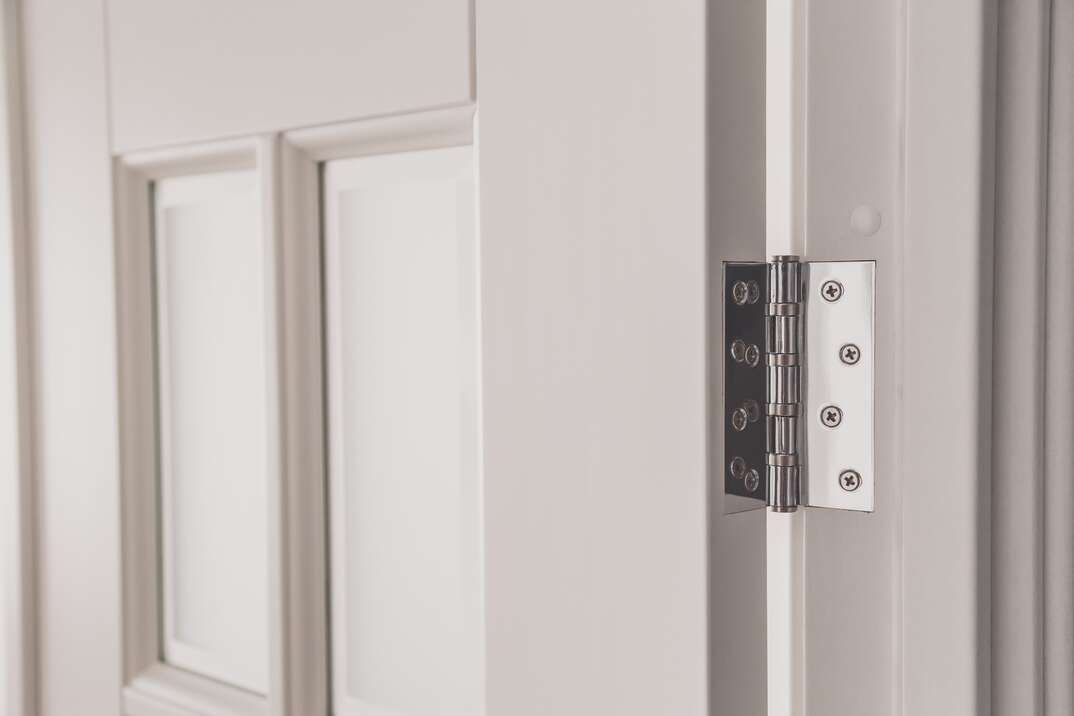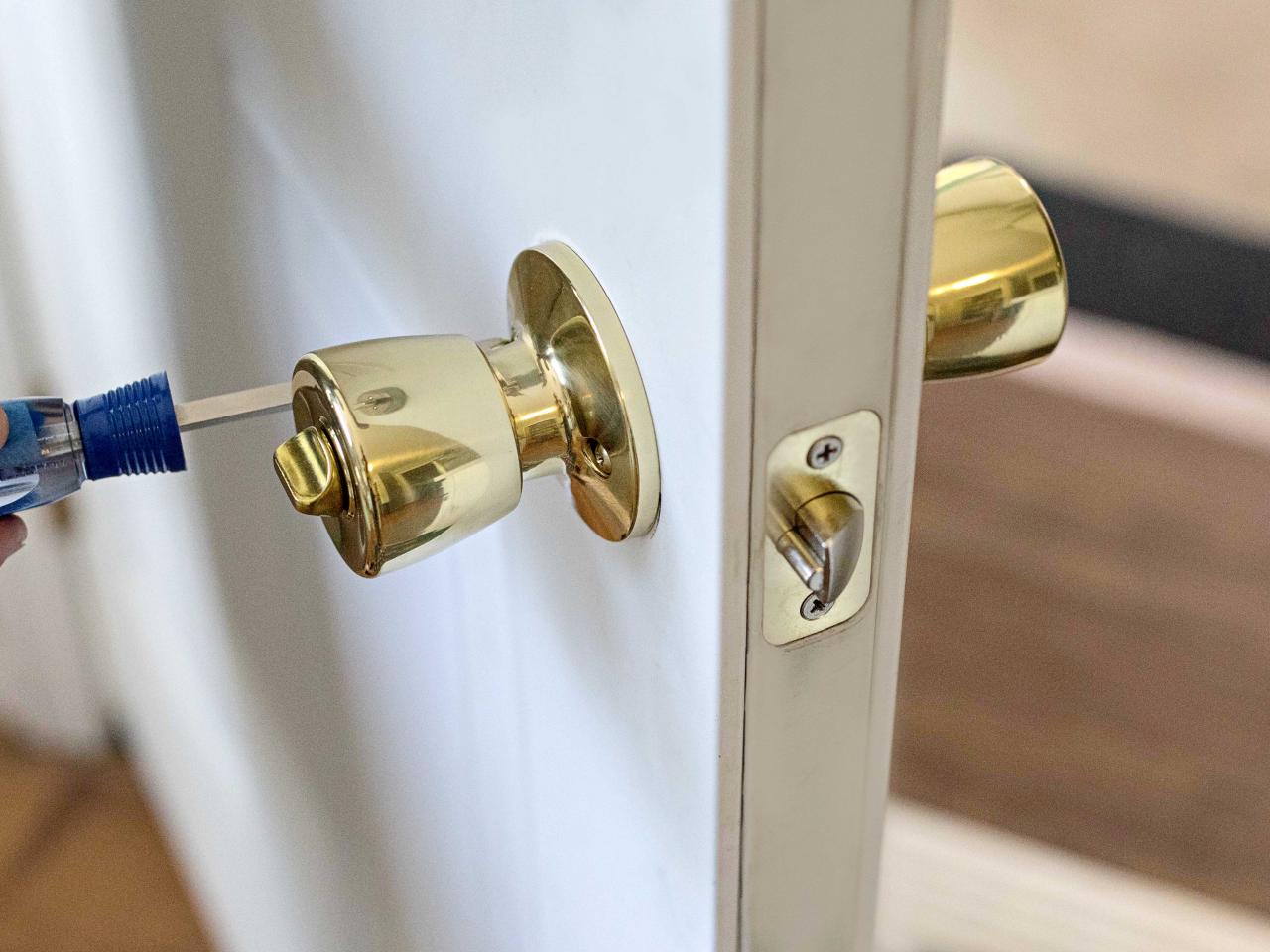
Sturdy Entrance: Solutions to Fix a Sagging Door
A sagging door not only affects the aesthetics of your home but can also lead to operational issues. Fear not! Follow these solutions to fix a sagging door and restore functionality and style to your entryway.
Identifying the Cause:
Before diving into solutions, it’s crucial to identify the cause of the door sag. Common reasons include loose hinges, damaged door frames, settling foundations, or the natural wear and tear of the door itself. Understanding the root cause will guide you in selecting the most effective solution.
Tightening Loose Hinges:
Loose hinges are a frequent culprit behind a sagging door. Begin by inspecting all the hinges on the door. If you notice any loose screws, tighten them using a screwdriver. If the screw holes are stripped, you can use longer screws or insert wooden dowels coated with wood glue to provide a more secure grip.
Replacing Hinges:
If the hinges are severely damaged or bent, it may be necessary to replace them entirely. Remove the old hinges with a screwdriver and install new ones in the same position. Make sure to choose hinges that match the size and style of the original ones.
Adjusting the Strike Plate:
Sometimes, a sagging door can be attributed to a misaligned strike plate. The strike plate is the metal piece on the door frame that the latch engages. Adjust its position by loosening the screws, shifting it slightly, and tightening the screws back. This realignment can help the door latch properly.
Adding Shims to the Hinges:
For doors that still sag after hinge adjustments, adding shims can provide extra support. Place thin wooden shims between the hinge and the door or the hinge and the door frame. Experiment with the number of shims until you achieve the desired alignment.
Reinforcing the Door Frame:
Inspect the door frame for any signs of damage or warping. If you find weak or damaged areas, reinforce them by inserting wooden blocks or using wood filler. This extra support can help redistribute the weight of the door and address sagging.
Installing a Center Support:
For exceptionally heavy doors or cases of severe sagging, installing a center support can be beneficial. This involves attaching a metal or wooden bracket to the top of the door frame and securing it to the door. This additional support can help bear the weight and prevent further sagging.
Planing or Sanding the Door:
If the sagging is minimal and the door is rubbing against the frame, planing or sanding may be the solution. Remove the door and use a plane or sandpaper to carefully trim down the areas where the door is sticking. Ensure even removal to maintain a balanced fit.
Addressing Foundation Issues:
In cases where the sagging is due to foundation settling, it’s essential to address the underlying structural issue. Consult with a professional to assess the foundation’s condition and implement any necessary repairs. Once the foundation is stabilized, adjustments to the door may be more effective.
Regular Maintenance:
Prevent future door sagging by implementing regular maintenance practices. Keep hinges lubricated, tighten screws periodically, and inspect the door and frame for any signs of wear. Promptly address any issues to prevent them from escalating.
Designing Temptation: Your Source for Home Solutions:
For more home improvement ideas and expert advice, visit DesigningTemptation.com. Explore their comprehensive resources covering a range of topics to help you tackle various projects and maintain a visually appealing home.
Conclusion:
A sagging door doesn’t have to be a persistent annoyance. With the right solutions, you can restore your door to its former glory and enhance the overall functionality and aesthetic appeal of your home’s entrance. Whether it’s a matter of tightening screws, adjusting hinges, or reinforcing the frame, taking proactive steps can lead to a sturdy and stylish entrance.




